Randy Travis and wife Mary explain aftermath of his stroke
Randy Travis and wife Mary discuss his 2013 stroke, how he’s doing today and what his recovery process was like.
Many in the entertainment world are concerned about what artificial intelligence will mean for the future, but for Randy Travis, the technology is giving his voice back.
Travis suffered a major stroke in 2013, following his hospitalization for viral cardiomyopathy, stemming from a respiratory infection.
The stroke left Travis with aphasia, limiting his ability to speak and sing.
But now, thanks to new AI models, Travis’ distinct and resonant voice has been recreated and used on a new song, "Where That Came From."
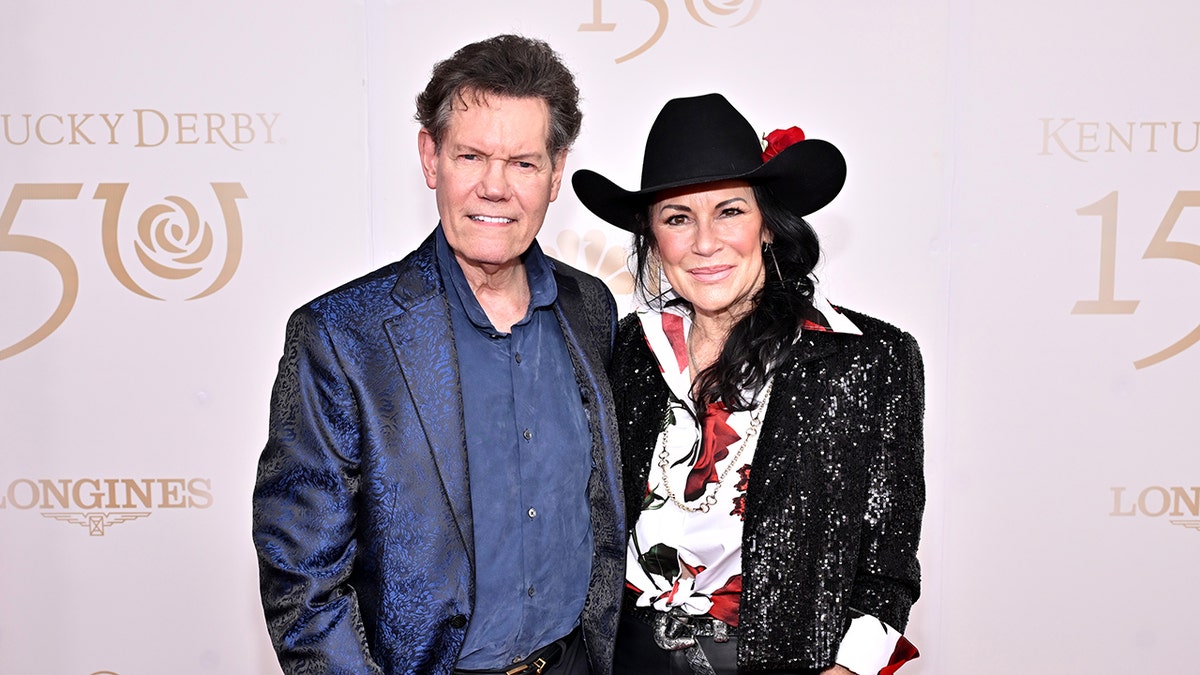
Randy Travis' wife, Mary Travis, said "music is what he's made of" as they discussed AI recreating his voice, lost to aphasia. (Daniel Boczarski/Getty Images for Churchill Downs)
WHAT IS ARTIFICIAL INTELLIGENCE (AI)?
"Eleven years ago I never thought I would be able to have a hand in music production of any kind," Travis said in a statement to Fox News Digital. "But by God’s grace and the support of family, friends, fellow artists and fans, I’m able to create the music I so dearly love. Working with Kyle Lehning and Warner Music Nashville again has been so special and nostalgic, and I'm so excited to share my new song 'Where That Came From' with you today. Many thanks to my wonderful team and the best fans in the world for putting me back in the saddle again! I’ve enjoyed every moment of it."
His wife, Mary Travis, told "CBS Sunday Morning," "Music is what he's made of. Music is his heart, it's his soul."
Mary does much of the talking with Travis at her side in interviews and told the outlet he knows what he wants to say but isn’t able to get it out.
Travis said he’d made peace with his condition, replying, "Yep. Yep," when asked about it.
When approached with the idea by Cris Lacy, Warner Music Nashville co-president, Mary told the Associated Press she and Randy were immediately on board.
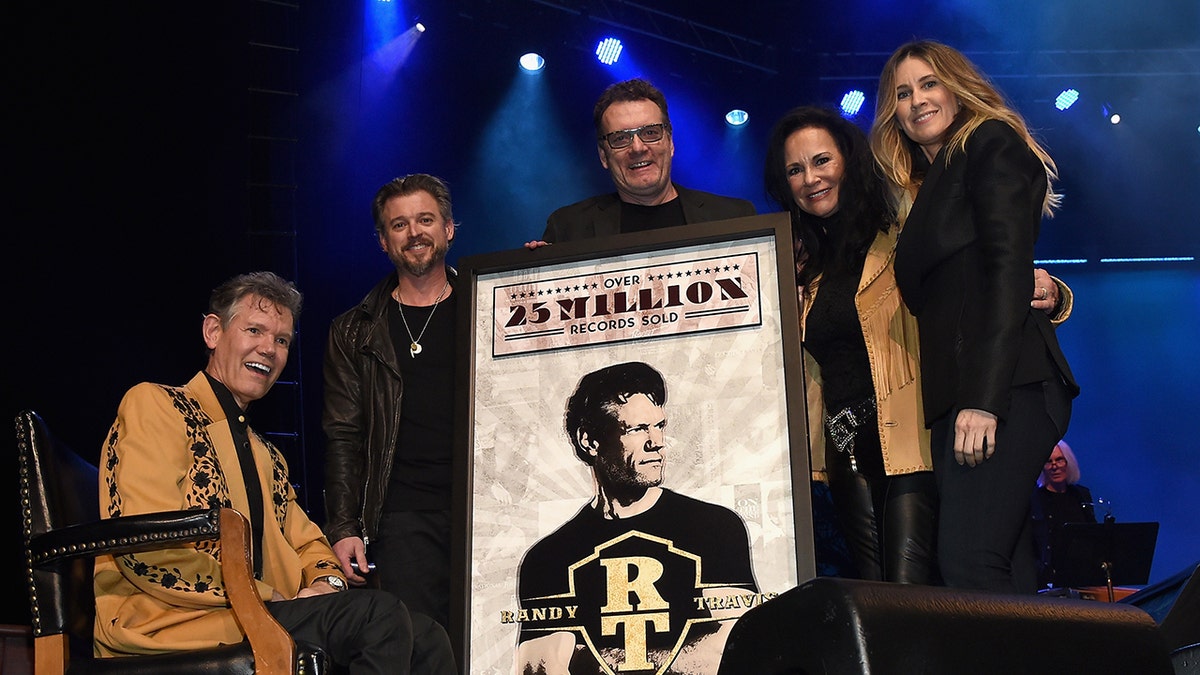
Randy Travis, left, is presented with a plaque commemorating 25 million records sold by Warner Music's Justin Luffman and Peter Strickland, Mary Travis and Warner Music's Cris Lacy in 2017. Lacy pitched the idea of using AI to recreate Travis' voice for a new song. (Rick Diamond/Getty Images for Outback Concerts)
RANDY TRAVIS STUNS CROWD WITH 'AMAZING GRACE' RENDITION AT HALL OF FAME INDUCTION
"Well, we were all over that, so we were so excited," she said, adding, "All I ever wanted since the day of [the] stroke was to hear that voice again."
Lacy worked with developers in London to create two different proprietary AI models, one that used 12 samples of Travis throughout his career and another that used 42.
Singer James Dupree provided a vocal demo for the AI, which then lays Travis’ voice on top of Dupree’s singing.
Travis’ longtime producer, Kyle Lehning, told "CBS This Morning" that it’s not as scientific a process as it sounds, saying, "It's not about how it sounds; it's about how it feels."
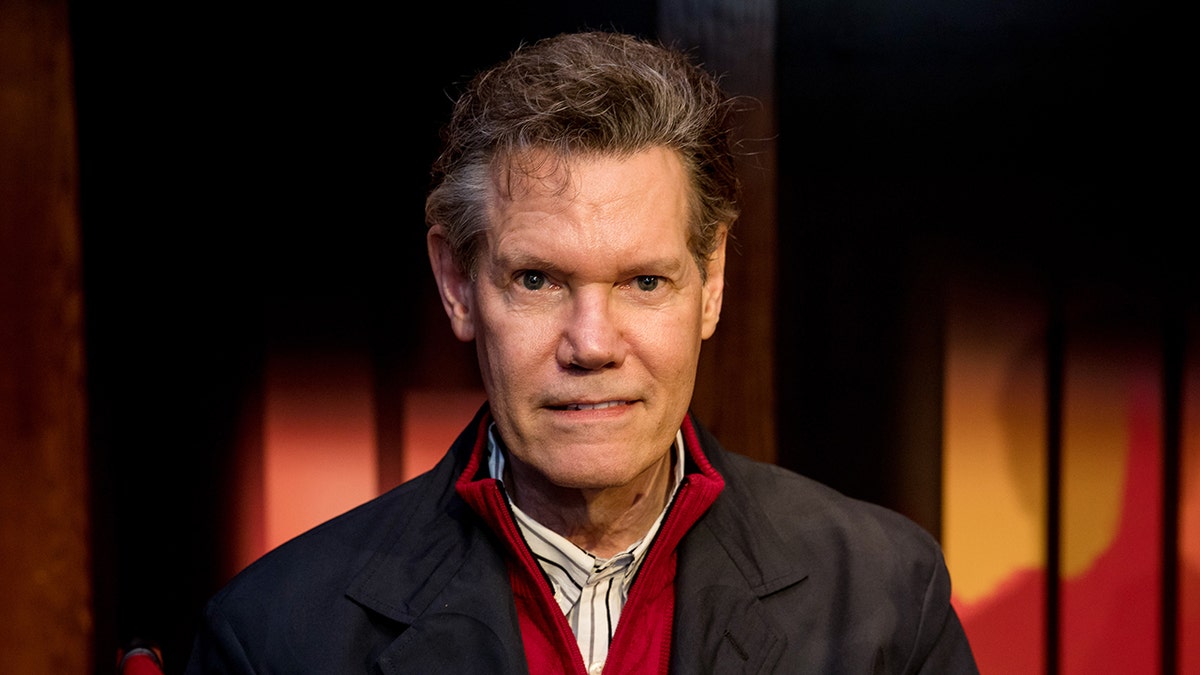
Two different AI models were trained using Travis' voice, aided by a demo track sung by another singer. (Anna Webber/Getty Images)
CLICK HERE TO SIGN UP FOR THE ENTERTAINMENT NEWSLETTER
Lehning also told the outlet that Travis has been very involved in the process.
"Him being here and him being able to be a vital part of the decision-making process makes all the difference to me," he said.
Lacy added, "It's Randy Travis. Randy's on the other side of the microphone. It's still his vocal. There's no reason he shouldn't be able to make music, and to deprive him of that, if he still wants to do that, that's unconscionable to me."
Mary told the AP that what makes this use of AI to recreate a singer’s voice different is "the human element."
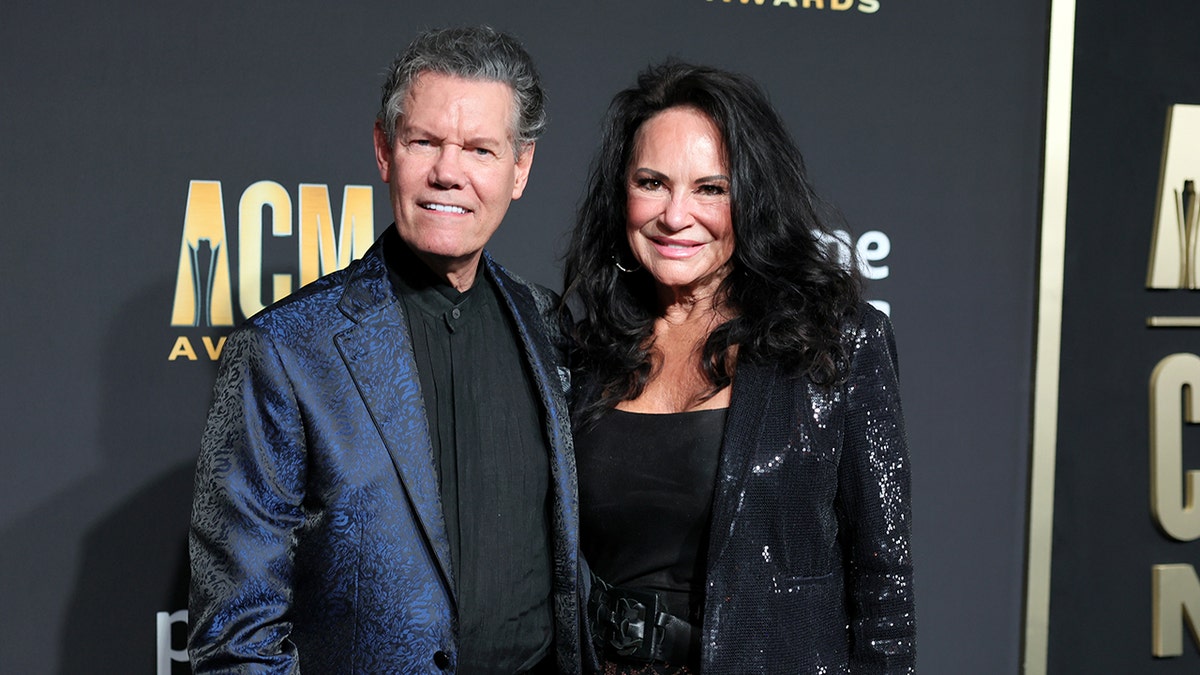
Mary told the AP that using AI to recreate Travis' voice was different because of "the human element." (Theo Wargo/WireImage)
LIKE WHAT YOU’RE READING? CLICK HERE FOR MORE ENTERTAINMENT NEWS
"Randy, I remember watching him when he first heard the song after it was completed. It was beautiful because at first, he was surprised, and then he was very pensive, and he was listening and studying," she said. "And then he put his head down and his eyes were a little watery. I think he went through every emotion there was in those three minutes of just hearing his voice again."
She added, "We’re hoping that maybe we can set a standard" when it comes to the use of AI, showcasing the good it can do versus the more nefarious uses that have made headlines.
For now, "Where That Came From" is the only song finished with the new AI models of Travis’ voice, but there’s hope from all parties involved to do more.
"There may be others," Mary told the AP. "We’ll see where this goes. This is such a foreign territory. There's likely more on the horizon."
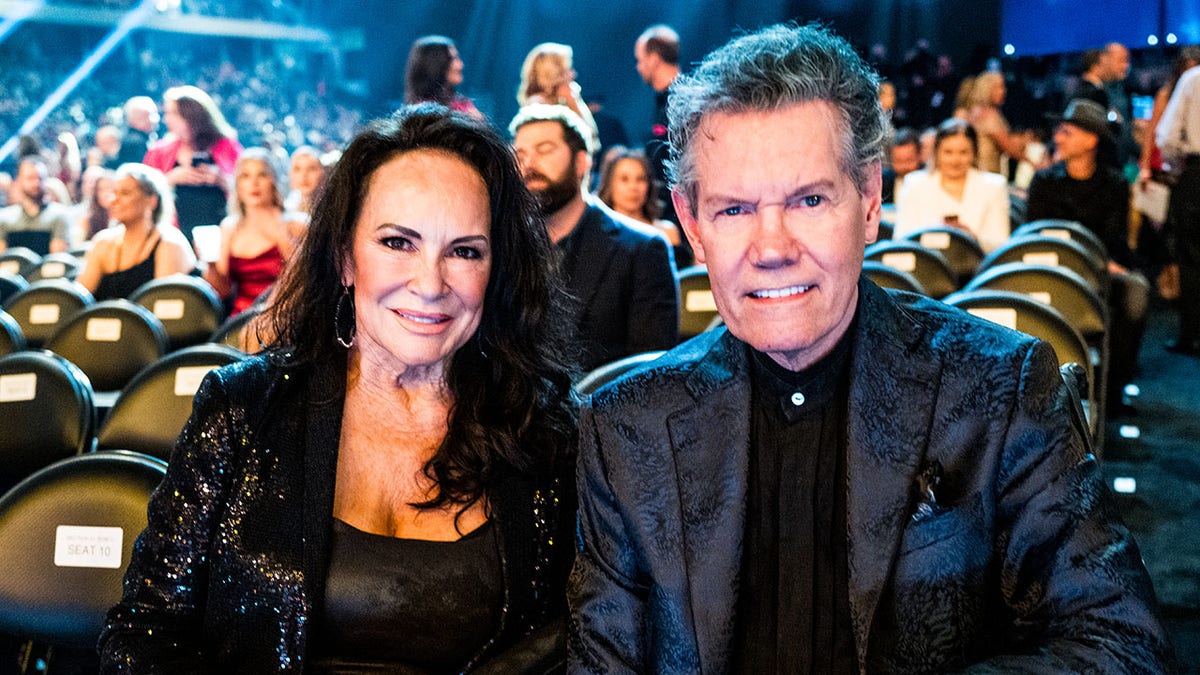
Mary said they're likely to continue using AI to create more songs with her husband's voice. (John Shearer/Getty Images for ACM)
Lacy told the outlet, "We do have other tracks. This isn't a stunt, and it's not a parlor trick."
Last year, Travis and Mary spoke with Fox News Digital about his condition ahead of a tribute concert, which also raised money for the Randy Travis Foundation, which focuses on stroke and aphasia awareness and supporting music education in schools.
"We want people to understand strokes, stroke rehabilitation, that there is life after stroke," Mary said at the time. "We did find that all of the rehab that we went through, life is the best rehab. Just get out there. Go do what you used to do. You know, the world may wonder why you're out here, but just go out there and, you know, dance like nobody's watching and sing like nobody's listening and just have a good time. It truly is the best therapy."

Last year, Mary and Travis spoke with Fox News Digital, crediting their faith for helping him through his recovery. (Jason Kempin/Getty Images for CMT/Viacom)
CLICK HERE TO GET THE FOX NEWS APP
Mary also cited her and Travis’ faith for helping them work through recovery.
"He's very faithful," she said. "We, you know, we leaned hard on God. It's been 10 years now since the stroke, and that's hard to believe. … There's really no words for it, and there's not a day that goes by that I just don't thank God for his grace and his mercy."






















